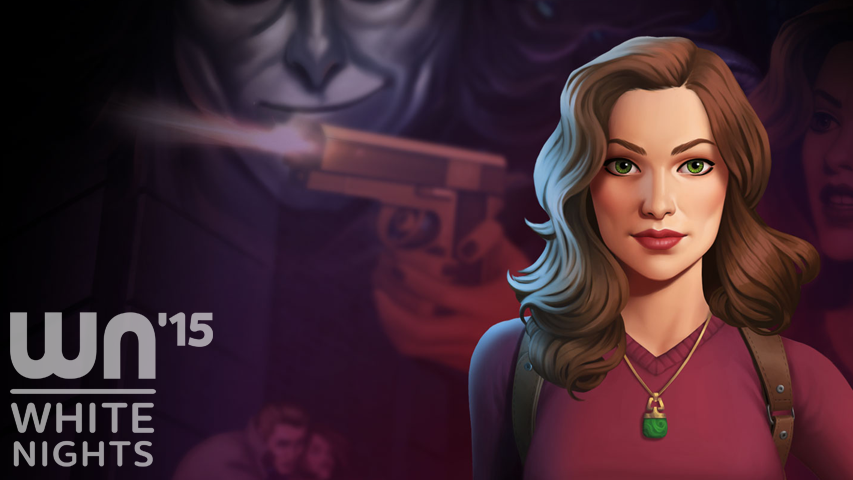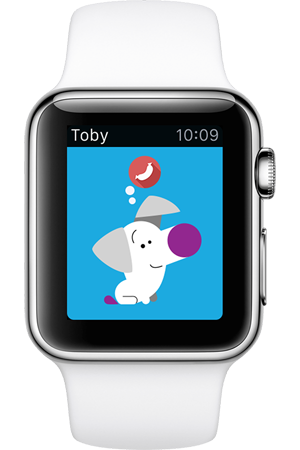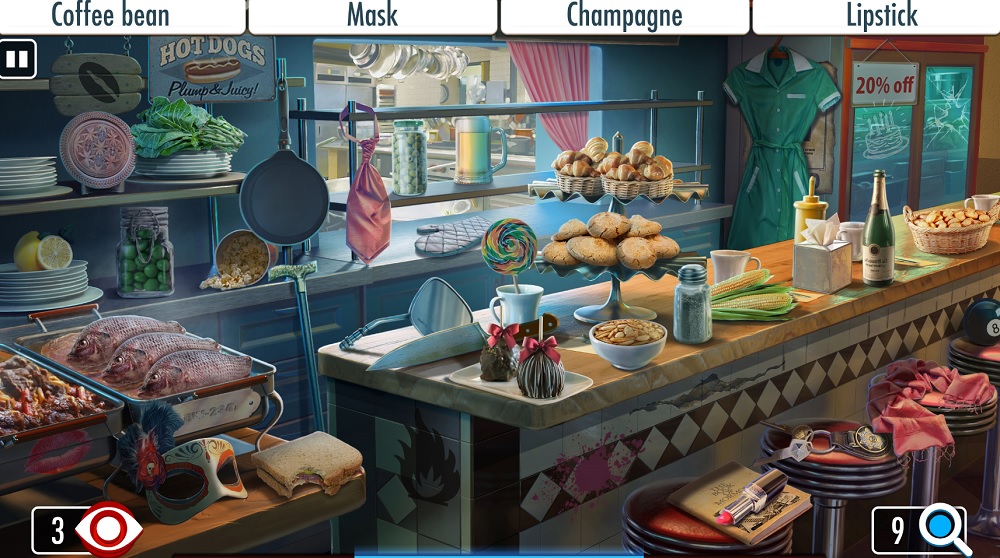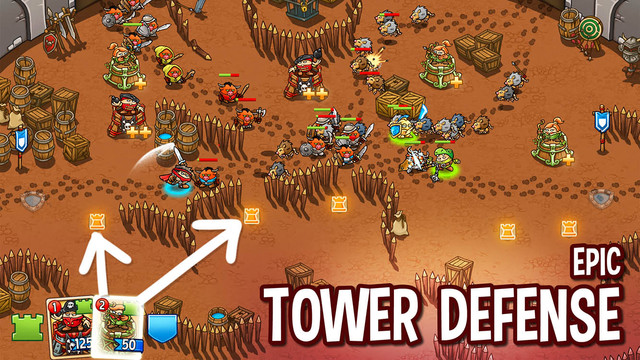Wooga: after the release, about 80 people are working on Agent Alice
Why Wooga released a game for watches; why do fritupley hiddens have a high retention; how the decision is made to publish third-party games – about this and more App2Top.ru I talked with the marketing specialist of the German company Stefan Sandri, who will perform in three weeks at White Nights 2015.
Hi! The first question I want to ask is about Toby. Your project became one of the first games for Apple Watch. Can you share the first results?
Stefan SandriHi !
We didn’t have the task to make a hit by releasing one of the first games for Apple Watch. It was about learning as much as possible about the platform. With the help of Toby, we wanted to understand what development for the Apple Watch means, how users interact with the device, and what opportunities game developers can get on the new platform in the future.
TobyAnd based on your first experience, what do you think about the video game market for watches?
We are confident that smart watches will eventually take their place in people’s lives. And we want to be the first to seize the opportunities of this segment.
Think about the iPad when it was first released: few understood how tablets could be useful to them in life, doubted the value of such devices. Now more than 1 billion people use tablets, and it is “tablets” that have become one of the main gaming platforms.
I am sure that there will come a time when we will also understand how games can be optimized and customized for smartwatches. It’s a matter of time and talent.
Perhaps it would be optimal for games for watches to be only an extension of applications for smartphones, or maybe an independent application. Most likely, we are waiting for a time of trial and error before the level of user activity with smartwatches reaches the current indicators of smartphones and tablets.
Analyzing the behavior of smartwatch users, we see that they get used to the watch very quickly and immediately begin to turn to smartphones less, consume media and messages faster, get used to new gestures. All these are important points that need to be taken into account right now when developing benchmarks that will form the basis of future games for watches.
Let’s move away from the topic of the clock. Recently, an analytical company shared information according to which the retention of 28 days in games of the genre “I’m looking for” is very close to the same for hardcore strategies. Is this statement true of Agent Alice? How comparable are its indicators with those of your games in the genre of “three-in-a-row”.
We really see that our hiddens have an incredible long-term retention. One of the reasons for this is their narrative. If the players are hooked by the story, they want to know how it will end and stay in the game. It’s like with TV shows. People return to their favorite TV series or soap operas every week.
Agent Alice
Narrative explains the difference in retention compared to more casual games in the genre of “three-in-a-row”.
Be that as it may, it must be remembered that plot hiddens are not as popular among the mass audience as “three-in-a-row”. Comparing genre KPIs is like comparing apples and oranges.
In general, I think that the most important thing for retaining users in any project is to constantly make fresh content. For example, in Jelly Splash we have fans who stay in the game even after level 400.
Considering that hiddens are doing well with retention, why do you think there are not so many of them on the market?
In short: it’s a niche product for a very engaged audience. This means that players have very high requirements for the quality of such games. In order for the target audience to accept such a game, developers will need to invest very decently in creating content. For example, about 80 people are currently working on Agent Alice. Artists, screenwriters and programmers invest a lot of effort in creating a new chapter every week, in localizing it into 12 languages and, of course, in marketing.
The experience of creating Pearl’s Peril helped us a lot in the development of Agent Alice, so I think that if you once did this, you can continue working in this direction, building on previous success. But I see that investments and costs for such projects can be too much for companies smaller than ours.
And the last question concerns your publishing initiative. You recently made your first appearance as a publisher by releasing Crazy Kings. How do you make a decision about publishing projects? And how can developers who want to publish a game with Wooga contact you?
The games that we choose for publication go through the same procedure – “Hit filter” as all our own projects. “Hit filter” is a process that we created to understand as early as possible whether the project has potential or not. We carefully and on an ongoing basis evaluate the quality of games and see if it makes sense to continue working with them.
Crazy Kings
In addition to using the procedure, we also take a close look at the game studio and its employees.
Do they fit our corporate culture? How is the company structured? What do both sides expect from joint cooperation?
This is a meticulous selection process that allows us to identify successful games at the early stages of development. Crazy Kings is a good example of how our selection procedure led to the right decision when choosing a game for publication. The first results are good and so far the players seem to like the game very much.
As for the answer to the last question, at the moment all our publishing efforts are aimed at maintaining Crazy Kings.
Thanks for the interview.
Stefan will be able to meet and talk in person at White Nights 2015, which will be held in St. Petersburg on June 26-27.




